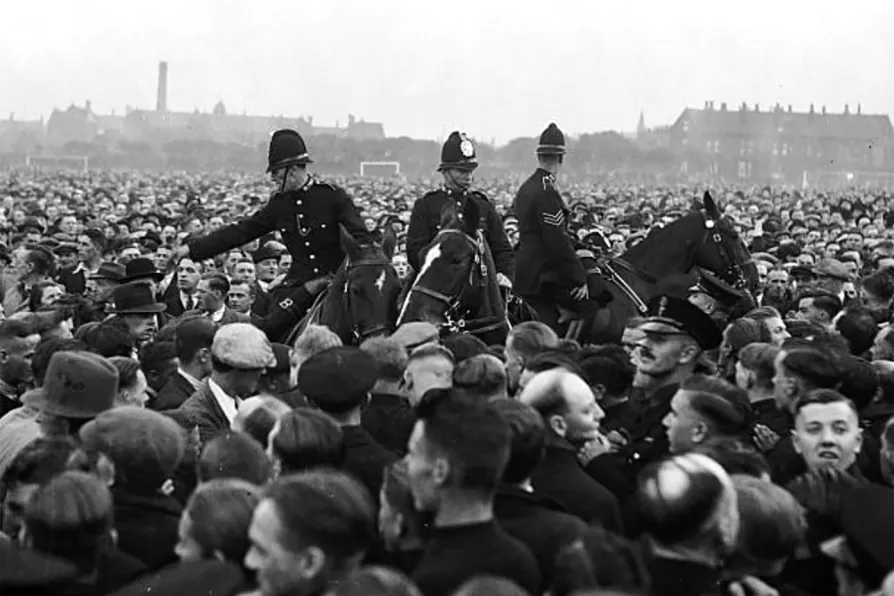From London’s holly-sellers to Engels’s flaming Christmas centrepiece, the plum pudding was more than festive fare in Victorian Britain, says KEITH FLETT

 NO PASARAN: The crowd at Holbeck Moor with police cavalry
NO PASARAN: The crowd at Holbeck Moor with police cavalry
THE famed Battle of Cable Street in London on October 4 1936 saw up to 250,000 anti-fascists mobilise against Sir Oswald Mosley’s fascist Blackshirts.
But a week earlier, on September 27, the lesser-known Battle of Holbeck Moor took place in Leeds. Thirty thousand anti-fascists mobilised and drove 1,000 fascist Blackshirts and their supporters from the city.
Yesterday the mobilisation was commemorated and celebrated with the unveiling of a plaque at an event backed by more than 30 Leeds organisations including trade union branches.

Once again Tower Hamlets is being targeted by anti-Islam campaigners, this time a revamped and radicalised version of Ukip — the far-right event is now banned by the police, but we’ll be assembling this Saturday to make sure they stay away, says JAYDEE SEAFORTH

JAMIE TUCKNUTT reports on an initiative that brings together two epochs of the city’s anti-fascist struggles












